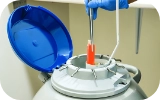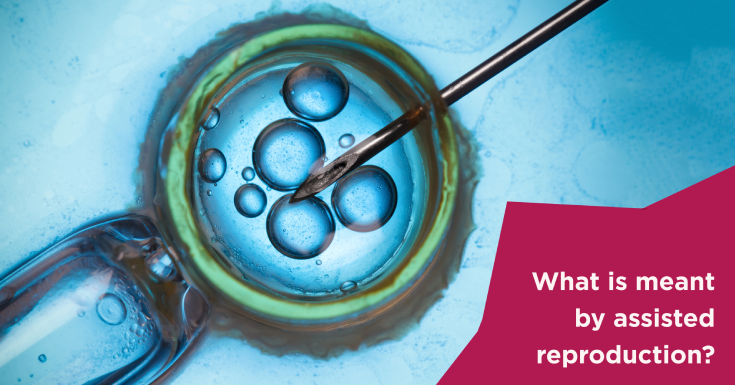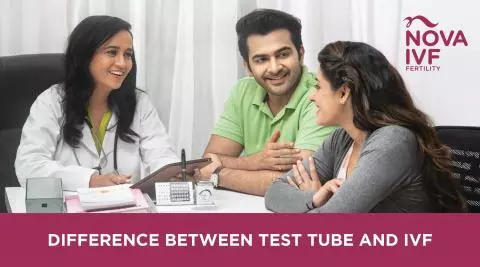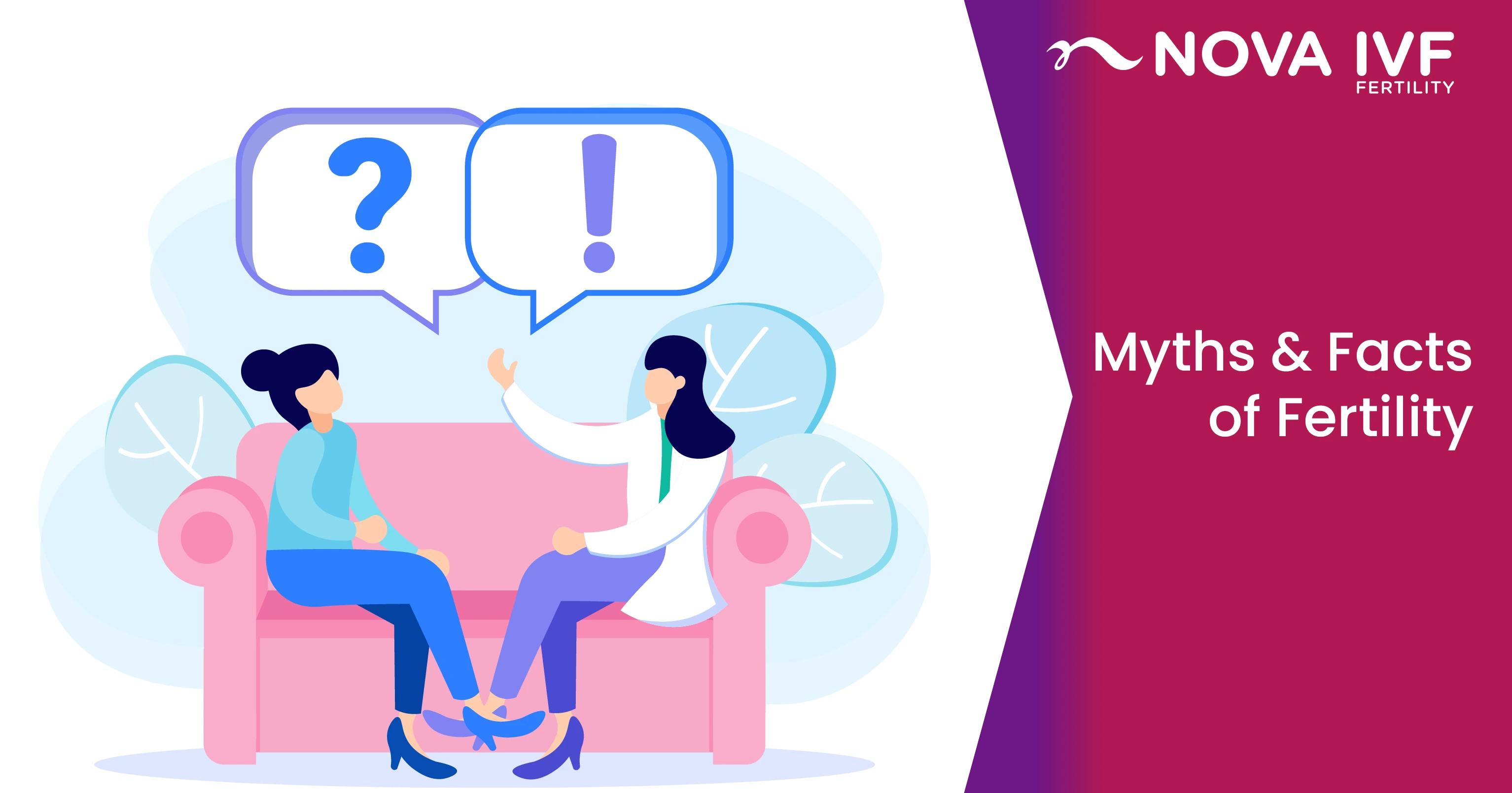Common Methods of Assisted Reproduction
A number of treatment procedures come under the spectrum of ART. Among the common methods of assisted reproduction are the following:
In vitro fertilization (IVF)
In IVF, fertilization happens outside the body. The process involves giving medication to a woman so that her ovaries produce multiple eggs. When the eggs mature, they are harvested and removed from the body. Then they are combined with the man's sperm in controlled laboratory conditions for fertilization. About 4 to 5 days after this, the healthy young embryos are implanted in the uterus of the woman.
Zygote Intrafallopian Transfer (ZIFT) and Tubal Embryo Transfer (TET)
ZIFT is a procedure similar to IVF. Here also, fertilization takes place in the laboratory. The only difference is that when the young embryos are transferred, they are placed inside the fallopian tube instead of the uterus. Tubal Embryo Transfer (TET) follows the same process as ZIFT but the transfer of embryos takes place at a later date.
Gamete Intrafallopian Transfer (GIFT)
In GIFT, the eggs are harvested like in IVF. Then the sperm and eggs are transferred to the woman's fallopian tube for fertilization to take place there.
Intracytoplasmic sperm injection (ICSI)
ICSI is used in the cases when there are serious problems with the sperm in severe male infertility. In this process, a single sperm is combined with a mature egg and the embryo is transferred to the fallopian tube or uterus.
 Infertility Counselling
Infertility Counselling Female Infertility Treatment
Female Infertility Treatment Andrology Treatment
Andrology Treatment Fertility Enhancing Surgeries - Female
Fertility Enhancing Surgeries - Female Fertility Enhancing Surgeries - Male
Fertility Enhancing Surgeries - Male Endoscopy Treatment
Endoscopy Treatment IUI Treatment
IUI Treatment IVF Treatment
IVF Treatment ICSI Treatment
ICSI Treatment Advanced IVF Solutions
Advanced IVF Solutions Embryology
Embryology Vitrification Egg, Embryo, Sperm Freezing
Vitrification Egg, Embryo, Sperm Freezing Preimplantation Genetic Testing (PGT)
Preimplantation Genetic Testing (PGT) Donation Program Embryo / Egg / Sperm
Donation Program Embryo / Egg / Sperm













